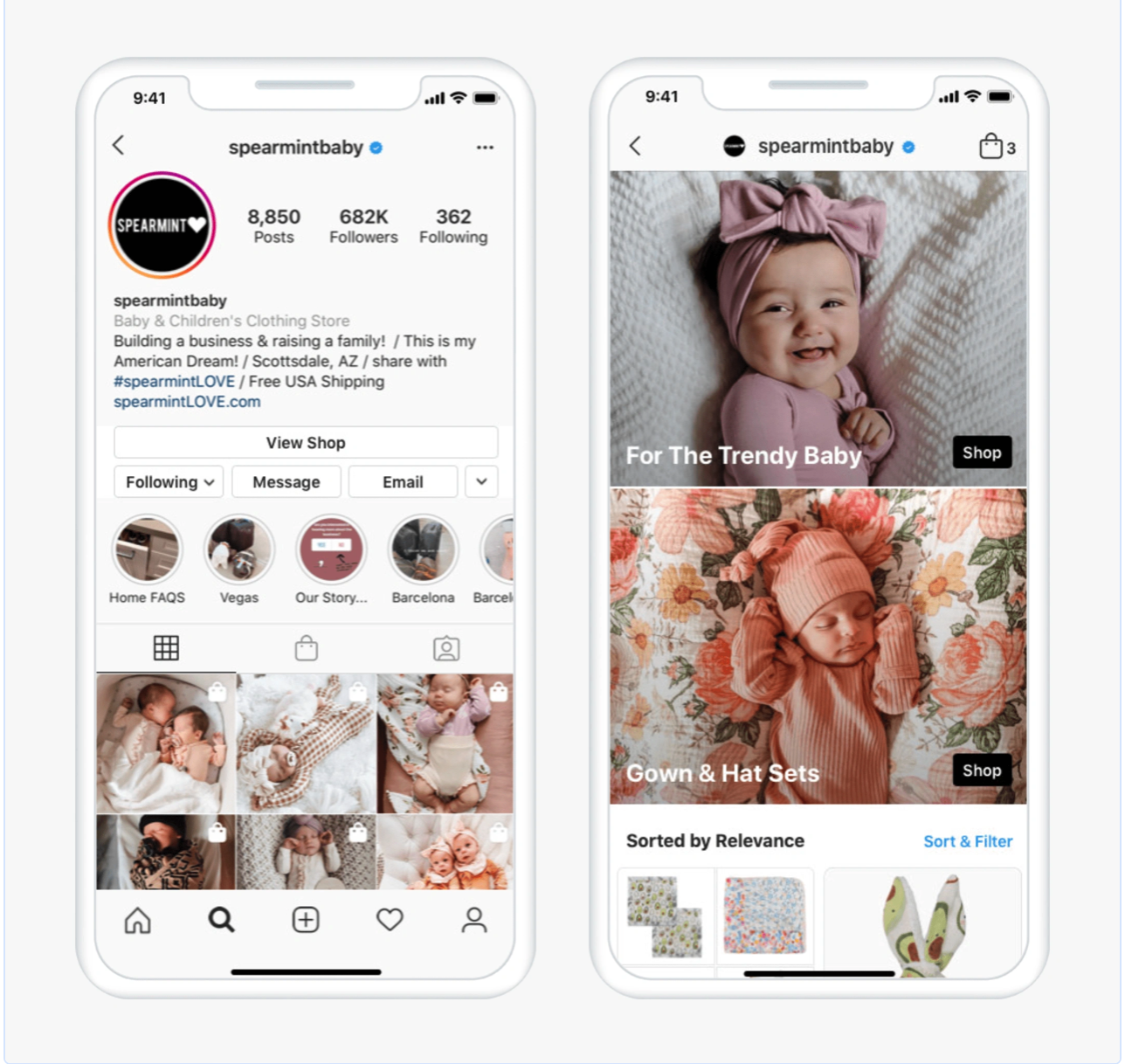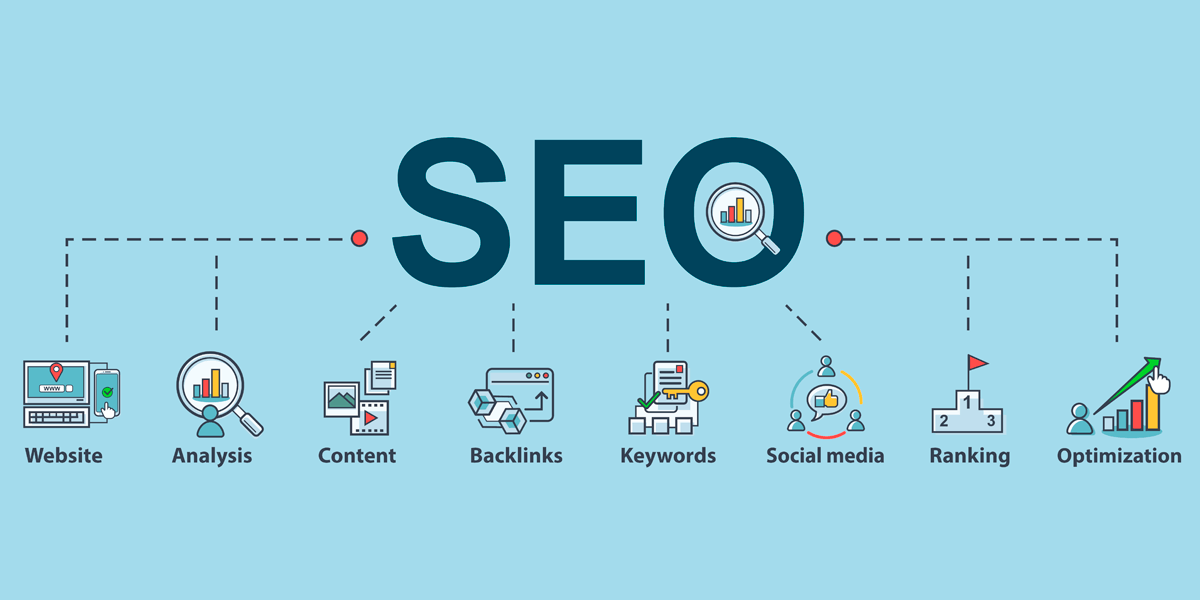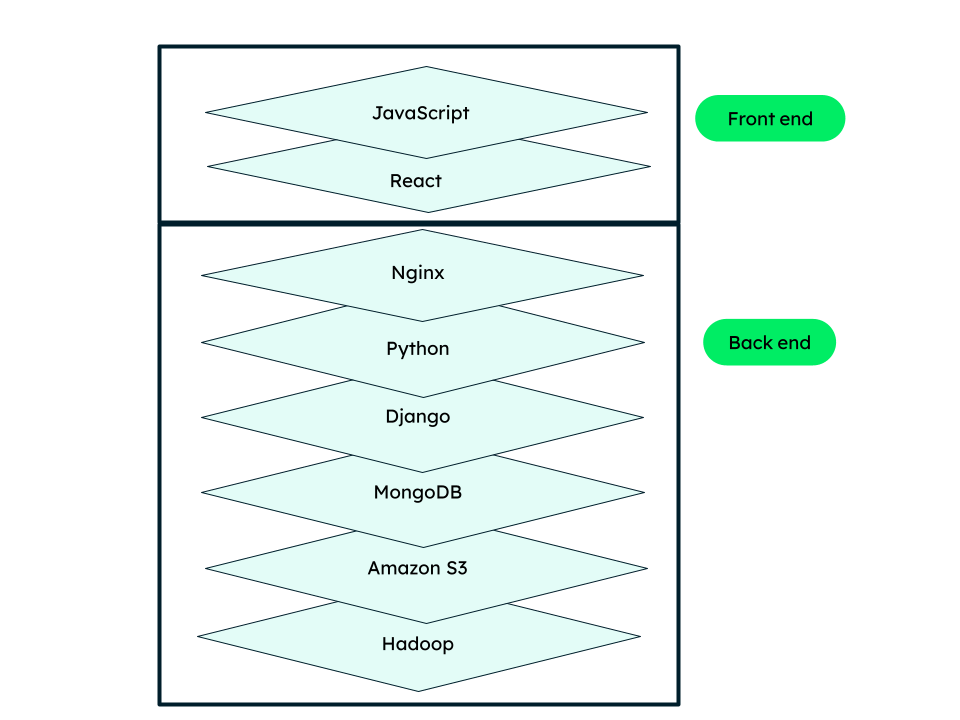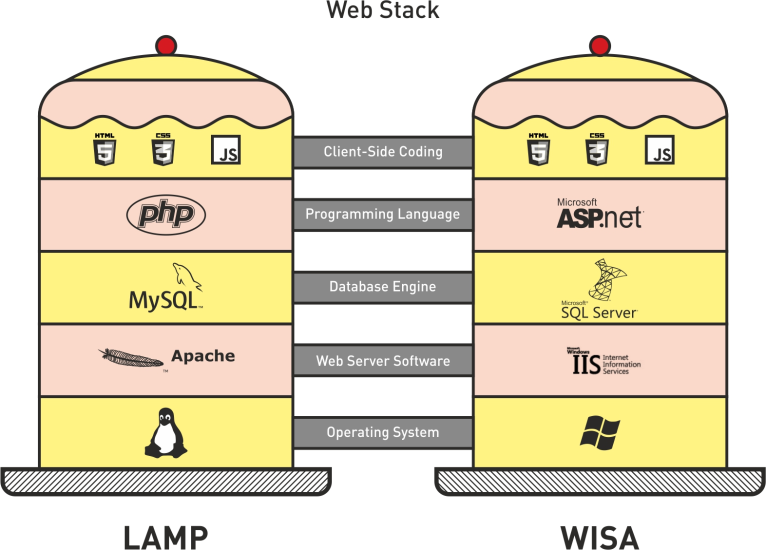Contest marketing – one of the best ways to “win” over new users and brand advocates. In the rise of social media, the use of contests, sweepstakes and giveaways have evolved and become redesigned to suit our new online culture.
Both big and small brands are able to leverage contest marketing to amplify their brand message, gain new online engagement and bring their products to the forefront of potential consumer’s social media feeds such as Facebook contests or Instagram contests..
While online remains king for contest marketing, there are a number of brands still effectively integrating traditional marketing and in-store contesting to help meet their needs. These types of contests are often integrated with some form of digital marketing or data collection.
These kinds of campaigns involve more than just contesting on Facebook. With so many options to explore in the world of contest marketing, where do we even begin? What strategies are best employed to create an efficient contest marketing strategy?
In this article, we examine the undeniable impact of contest marketing and examples of effective strategies to impact your brand’s bottom line through a customer-first contest experience.
Here’s what we’ll cover
What is Contest Marketing?

Contest marketing is a marketing strategy that utilizes contests, giveaways, sweepstakes or lotteries to boost brand awareness and reach new potential customers.
Contest marketing capitalizes on the consumer desire for free stuff. The thrill and rush of winning the contest is a prize in itself and motivates many individuals to enter contests despite the low odds of ever actually winning. Contest marketing is an undeniable force in the world of experiential marketing and has significantly evolved over the years, particularly in relation to social media and online contesting.
There is no limit to the creativity that you can integrate into your contest marketing. Contest marketing can take various forms both on and offline. These several forms span both traditional and digital marketing, including:
- Social media contests on Facebook, Instagram or other social media platforms
- Website-based contests that gather consumer information through a collection form
- Email and SMS based contests that gather consumer information through email marketing or texts
- In-store contests
While these examples are the most common forms of contest marketing, there are endless opportunities to integrate contests into your current marketing strategies. Contests are a way of “game-ifying” your promotions to create unique brand engagement opportunities and call to actions through the use of the contest.
The benefits of an effective marketing strategy can include increased online engagement both on your website and social media, increased consumer sales and increased access to your customers through email lists, SMS contact lists or other ways of direct to consumer marketing.
Contest Marketing is just one form of Social Media campaign. It’s important to keep up with
all the social media trends. Here are“Social Media Trends to Prepare for in 2023” to help you stay up-to-date.
How Do You Create An Effective Contest Marketing Campaign?
When executed effectively, a contest marketing campaign can achieve any number of business goals. For many brands, contest marketing is a significant tool in their marketing arsenal to help break up the monotony of their content or marketing. In order to maximize your contest marketing impact, we recommend integrating content marketing into your overall marketing strategy, both in traditional marketing and online.
Brands who cross-market their contests see their brand exposure increase overall compared to brands that run contests in isolation from their other marketing work.
In order for a contest marketing campaign to be successful, it is important to create a strategy that compliments your campaign and overall goals and objectives. When developing a contest marketing strategy, there are several key considerations to keep in mind, including:
- A set of goals and outcomes you hope to achieve
- A strategy for helping to align your contests with your other digital marketing strategies such as social media, website content, SEO, email marketing and advertising initiatives.
- A process for determining a winner and delivering prizes. Although it may seem simple, it is important for this process to be well thought out and efficient in order to keep the trust of your consumers.
- A way to track the performance of the contest in order to track efficiency and outcomes. This will help to guide your contest marketing strategy in the future.
5 Examples of Successful Contest Marketing Campaigns
1. Lego Themed Contests

Lego’s social media content strategy relies heavily on user-generated content. Their social media feeds feature fan-created Lego art and their contest marketing strategy honours this experience.
Through themed creator contests, Lego encouraged their followers to create themed Lego art and share a photo to win the prize. This type of contest not only helps to amplify the Lego brand message on social media, but also gives Lego additional social media content to use on their channels later.
2. Lays “Do Us a Flavour” Contest

In 2017, the Lays potato chip company asked fans to help create their newest chip flavour. Users could share their idea for a unique chip flavour in exchange for a chance to win a million dollars. This contest generated significant social media traction and helped to reinvigorate the brand’s in-store marketing efforts.
This type of integrated contest experience not only encourages online engagement but also increased sales once the chip flavour was released. This type of contest creates a consumer investment in your product and can help to shake up both digital and traditional marketing efforts.
3. The Great Eggo Waffle Off!

Another great way to encourage brand awareness is through a voting-style contest where fans can choose their favourite product or variation of a product in order to win the prize. Recently, Eggo Waffles created a fan contest called The Great Eggo Waffle Off! where fans could make their own creations using Eggo waffles and share online to garner votes.
This type of contest tackles two types of consumers – those who like to create and share content (called user-generated content) and those who like to view and simply vote. By creating a call-to-action for both consumer bases – the creators and the voters – Eggo effectively engaged consumers on a scale of involvement, therefore, increasing the percentage of their fans who would participate.
4. Influencer Giveaways

Giveaways are very common strategies used by social media influencers to help increase their followers, engagement and partnerships with brands. These types of giveaways are often seen on Instagram and involve an individual to take some sort of action such as following, commenting or liking a post in order to enter the contest.
These giveaways are usually hosted in partnership with a brand and their products, helping to organically amplify this brand online in audiences they might not usually reach.
Influencer marketing is a lucrative industry and brands of all sizes are taking advantage of the extensive reach of both celebrities and social media influencers. This type of contest marketing is relatively easy to execute (for a price!) and can be adjusted to accommodate timely events and pop culture moments.
A recent example of this type of influencer relations and contest marketing is the recent influx of Peloton giveaways during the COVID-19 pandemic. Peloton, an at-home spin bike with integrated digital features and classes, took advantage of this opportunity to help leverage their brand message through influencer contest marketing as an at-home fitness option.
5. In-store contests – Tim Horton’s Roll Up The Rim and McDonald’s Monopoly

Another great example of contest marketing is a contest that directly encourages sales. In contrast to social media contests and contests entirely run online, many brands are encouraging sales by creating a “game-ified” consumer experience.

Two effective examples of this type of contest marketing are the Tim Horton’s Roll Up the Rim contest and the McDonald’s Monopoly contest. By creating a game experience out of regular purchases, these brands encourage additional sales and an intentional purpose for buying their products. These types of contests can be incredibly costly to run but can dramatically increase sales and customer purchases in a very direct way.
Key Takeaways for Contest Marketing
Contest marketing can be a one-off marketing strategy or a long term component of your brand’s overall digital and traditional advertising presence. There is a strong case to be made for the benefits of contest marketing including increased brand awareness and recall on social media, online and in-person.
However, it is important not to underestimate the strategy and planning involved in executing an effective contest marketing campaign, especially if you plan to run multiple contests throughout a period of time.
Want to learn how to maximize the potentials of social media? Advesa offers tailored social marketing strategy for your business. Start your journey today.














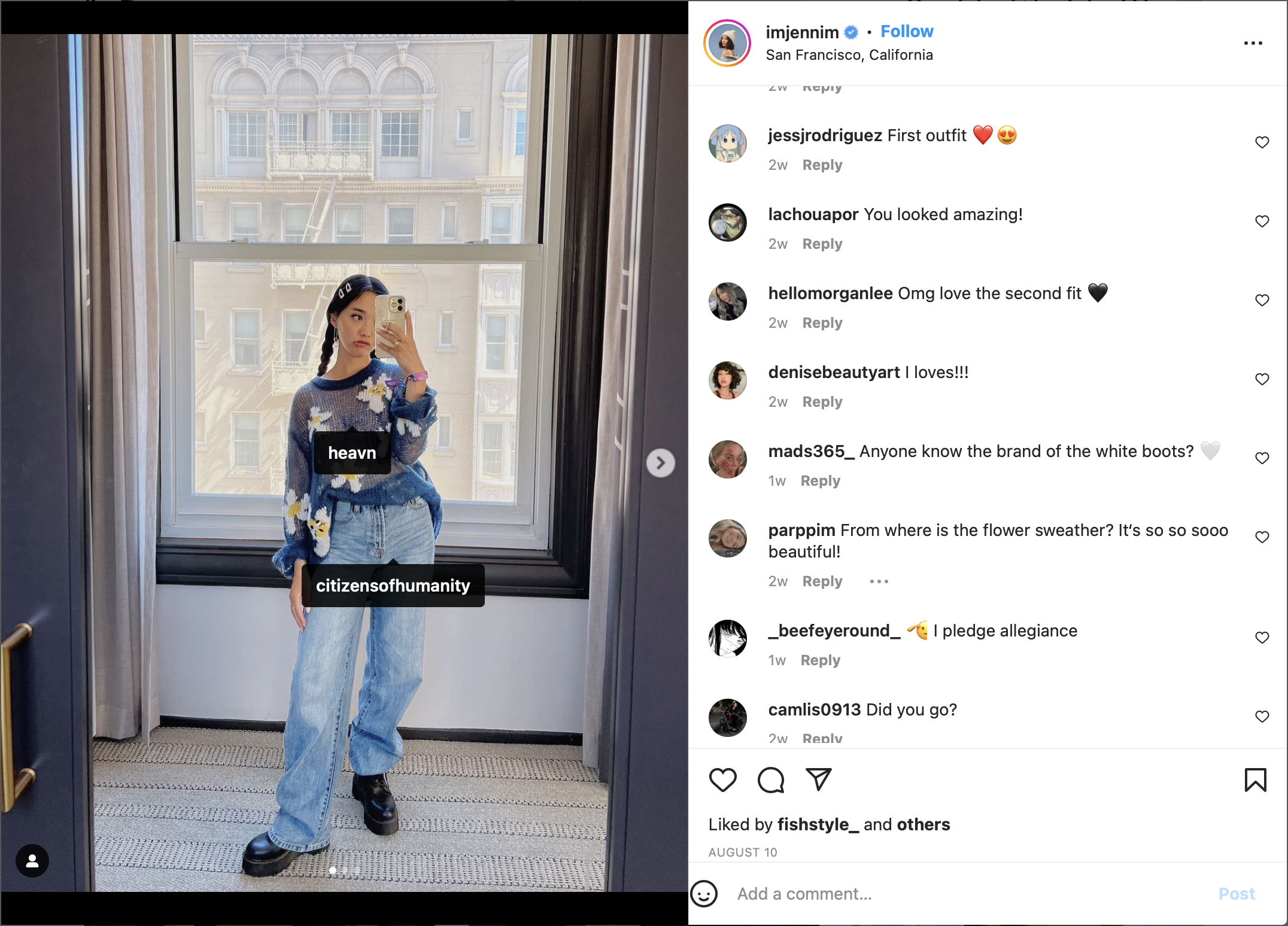 An Instagram post by @imjennim
An Instagram post by @imjennim
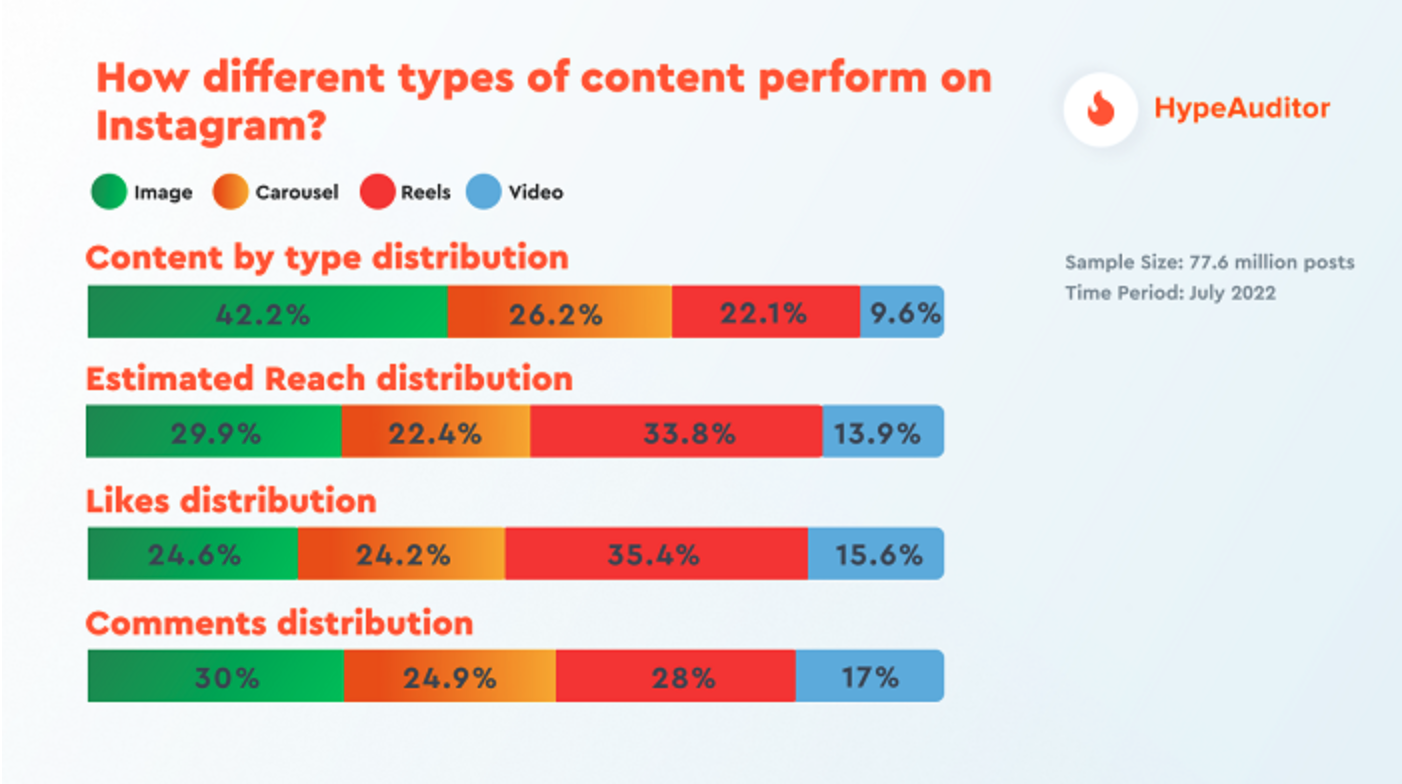

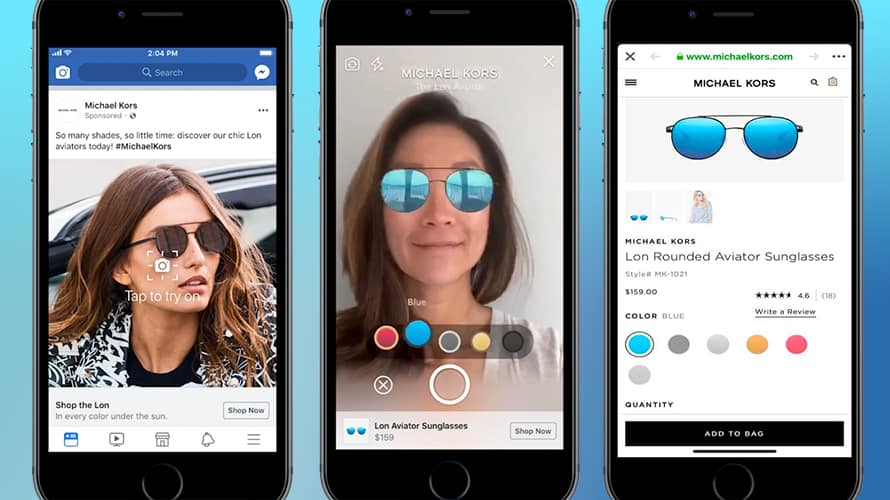

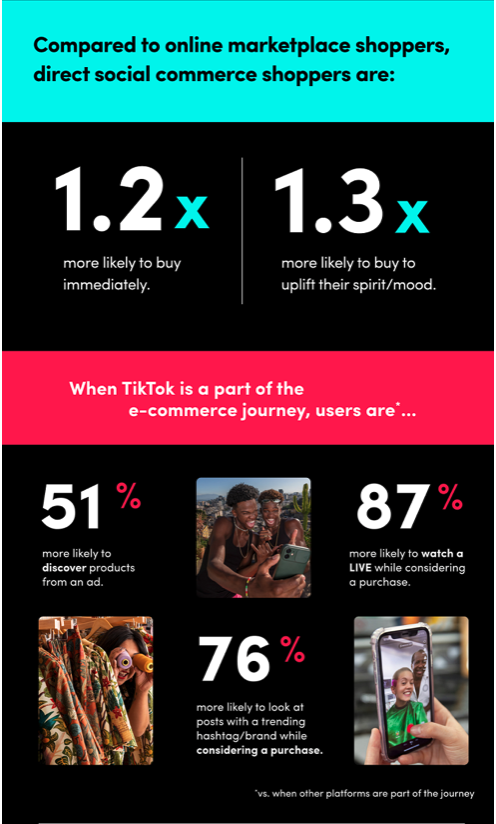
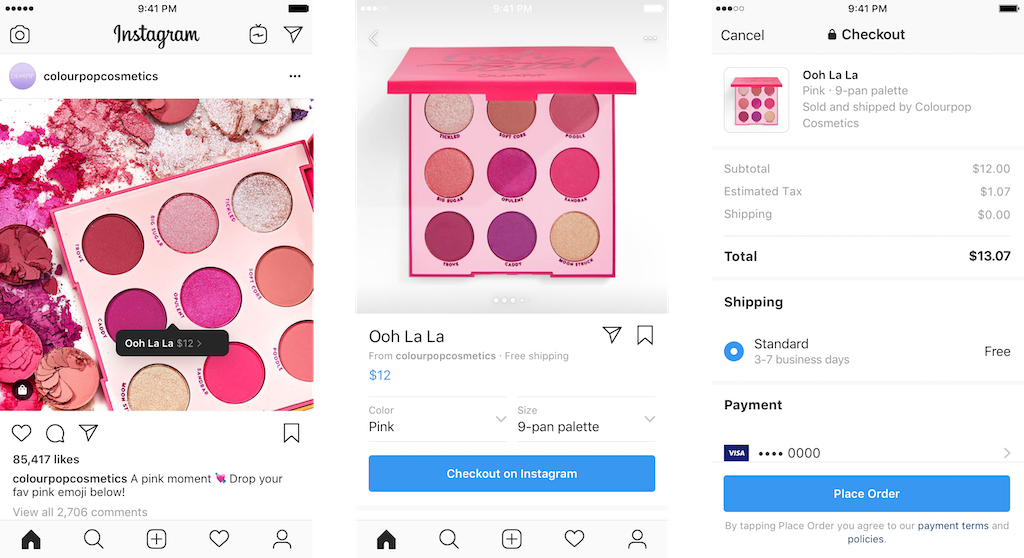 Instagram checkout
Instagram checkout